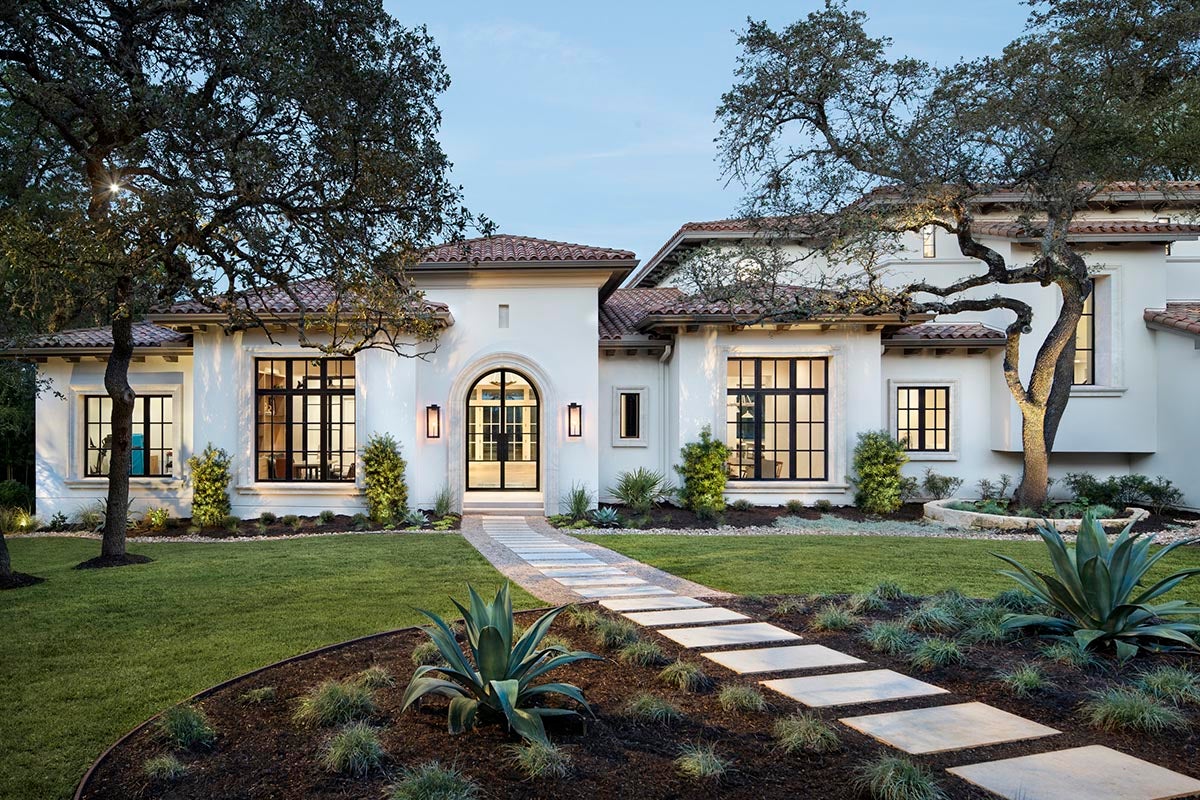What You Should Know About Window Replacement
When installing new windows, make sure the rough opening is square and level. This will help ensure the window fits properly. If it isn’t, you’ll need to shim it. Start …
What You Should Know About Window Replacement Read More